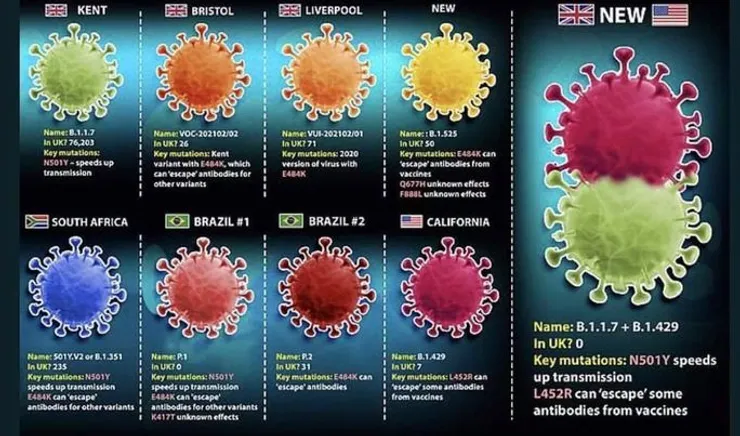The impact of Covid-19 on clinical development is continuing to mount, with many clinical trial sites unable to fully resume the following suspension in March and April 2020.
Previous research in May 2020, conducted by Phesi, found that of 300,000 global clinical trial sites, there had been a 38 percent increase in suspensions from the beginning of 2020. An analysis from September 2020 indicates these suspensions peaked in early June and after an initial drop, have risen again – with over 28,000 sites currently suspended.
According to the research, sites began recruiting again in June 2020, rising to almost pre-pandemic levels. However, the analysis shows that while new sites have appeared, many other investigator sites could go under forever. The researchers say the sudden increase in recruiting sites is likely due to sponsors scrambling to mitigate the impact of COVID-19 and blindly adding new sites, without analyzing via systematical root cause analysis how well their trials were doing in the first place before the pandemic struck. They highlight that an important note is this initial analysis cannot show all the variables, because many sponsors and contract research organizations (CROs) are yet to release COVID-19 data.
Effects of COVID seem to be the delaying of subject enrollment and operational gaps in most ongoing clinical trials, which in turn has a negative impact on trial programs and data integrity. Globally, most sites conducting clinical trials other than COVID-19 are experiencing a delay in timelines and a complete halt of operations in lieu of this pandemic, thus affecting clinical research outcomes. All in all the situation seems to calm down and many countries are passing the peak of COVID-19 infections and deaths. As the world adapts to the pandemic, lockdown restrictions are being eased worldwide, which could allow for the resumption of clinical trials, escalation plan will be adjusted according to predefined metrics assessing the trends in positive cases and the available healthcare resources in the community. The same guidelines that govern the continuation of clinical trials could be applied to resuming them. The key factors are assessing the risk of disease transmission to both the study participants and staff in light of the clinical benefit of the trial and the number of positive cases in the community. Virtual and off-site visits could be used whenever feasible to minimize the risk of transmission. Some institutions, implemented a phased clinical research reopening, starting with studies in which all research staff is working remotely and patients are demonstrating benefit from the trial and then prioritizing studies that do not increase in-person visits, blood transfusions, or biopsies and that can be conducted with remote research staff.
Additionally, there has been an important update regarding the EMA Guidance on Management of Clinical Trials during the COVID-19 in the 11th section regarding the SDV. Remote SDV may be considered in trials involving COVID-19 treatment, investigating serious or life-threatening conditions, where there could be a risk of exposing the patient to risk, in pivotal trials and in trials involving particularly vulnerable patients (children or those who are temporarily or permanently incapable of giving their informant consent).
Latest post




